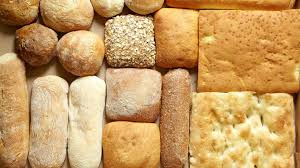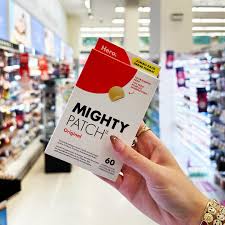Description
Gluten is a group of proteins found in wheat and related grains, including barley, rye, and spelt. It acts as a binding agent, giving dough its elasticity and helping it rise and maintain its shape. Gluten is responsible for the chewy texture of bread and other baked goods.
Composition:
Gluten mainly consists of two types of proteins:
- Gliadin – responsible for dough’s ability to stretch.
- Glutenin – provides elasticity and strength.
Sources of Gluten:
- Wheat (including varieties like durum, semolina, and whole wheat)
- Barley
- Rye
- Spelt
- Triticale (a hybrid of wheat and rye)
Health Considerations:
- Celiac Disease: An autoimmune disorder where gluten triggers an immune response that damages the small intestine.
- Non-Celiac Gluten Sensitivity (NCGS): People experience symptoms similar to celiac disease but without intestinal damage.
- Wheat Allergy: An allergic reaction to proteins in wheat, including but not limited to gluten.
- Gluten Intolerance: General digestive discomfort after consuming gluten-containing foods.
Gluten-Free Diet:
People with gluten-related disorders or those who choose to avoid gluten for health reasons follow a gluten-free diet. Common gluten-free alternatives include:
- Rice, quinoa, corn, and millet
- Almond flour, coconut flour, and chickpea flour
- Gluten-free oats (cross-contamination should be avoided)







Reviews
There are no reviews yet.